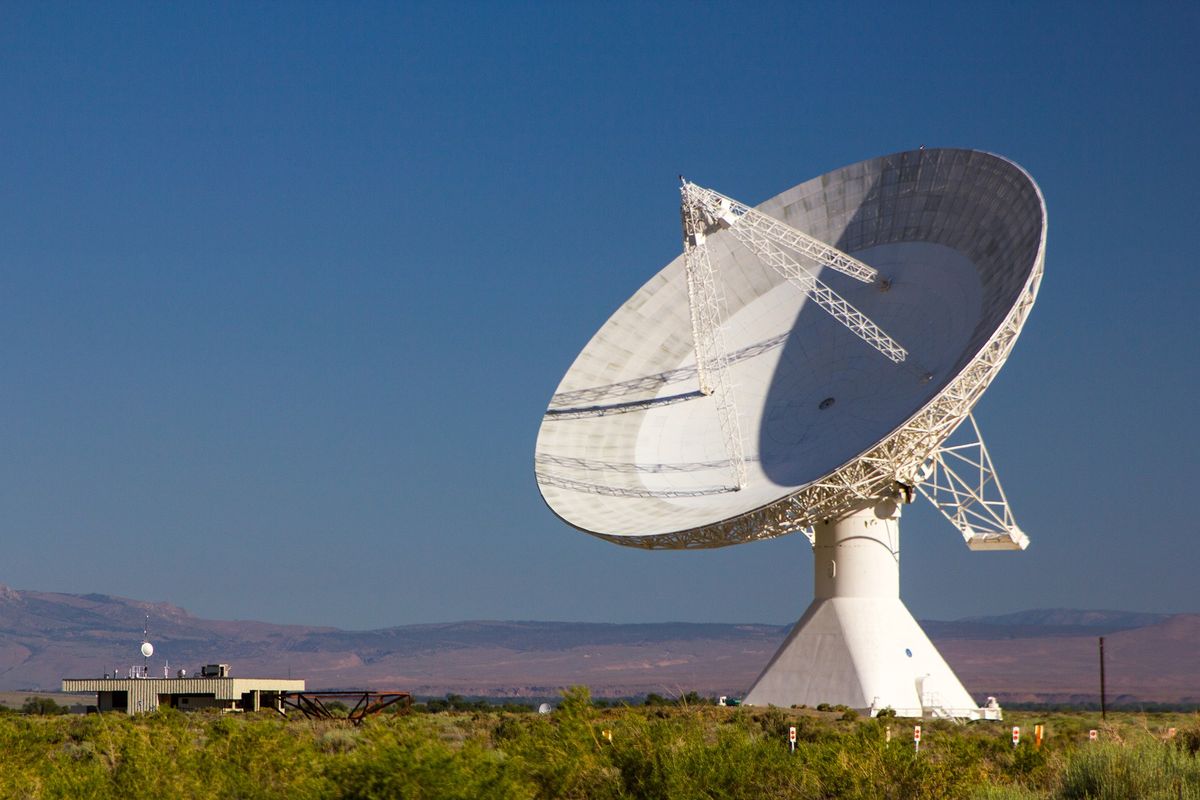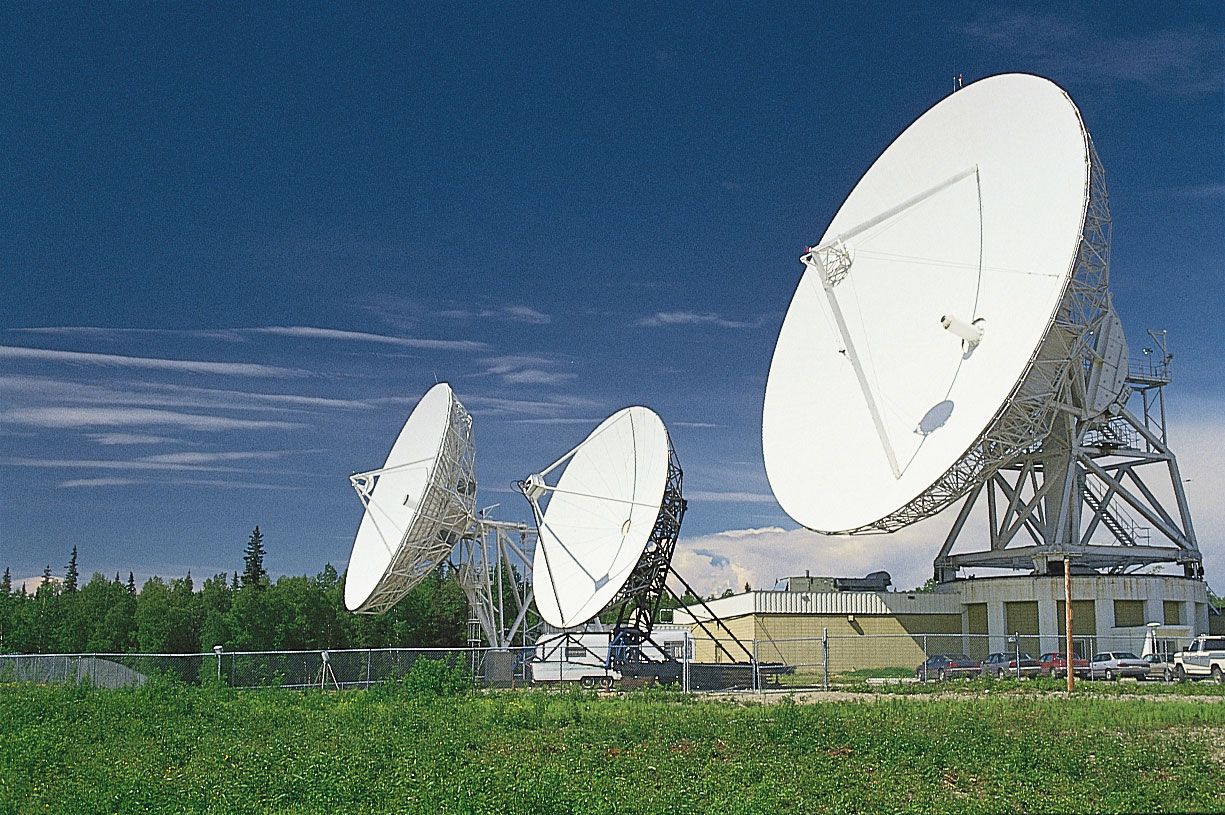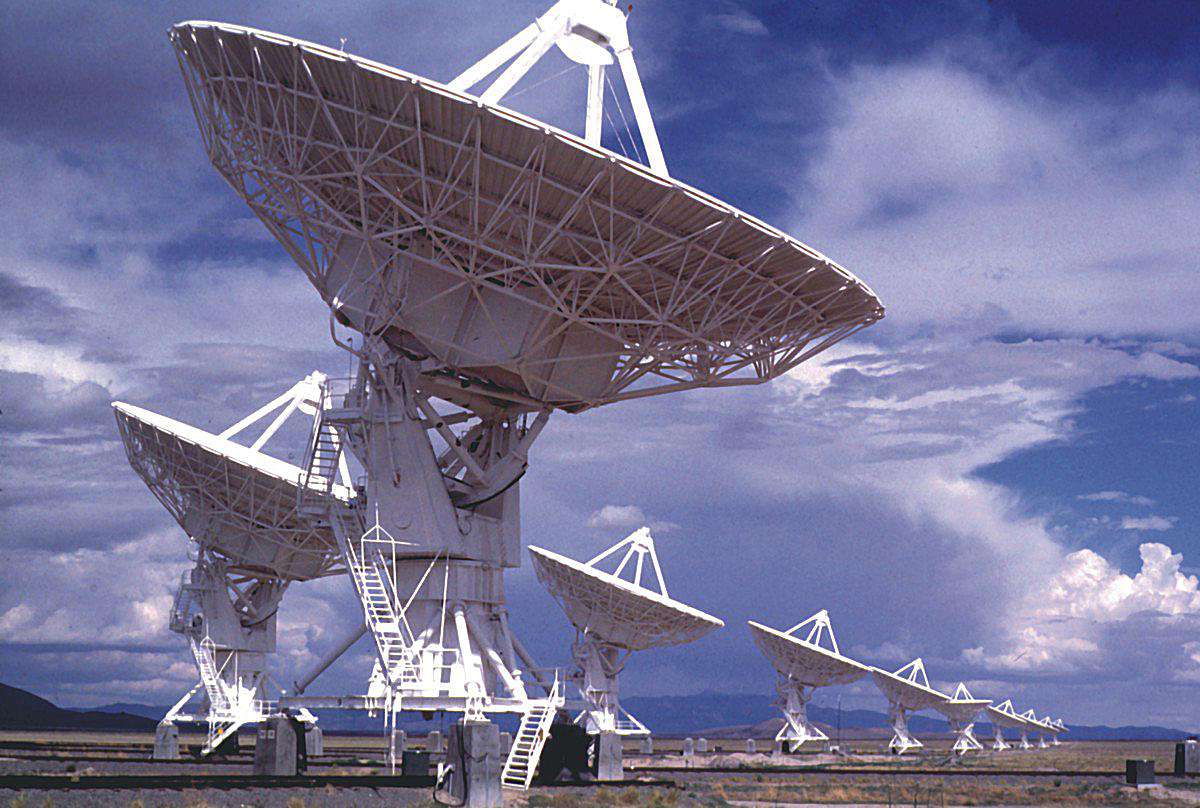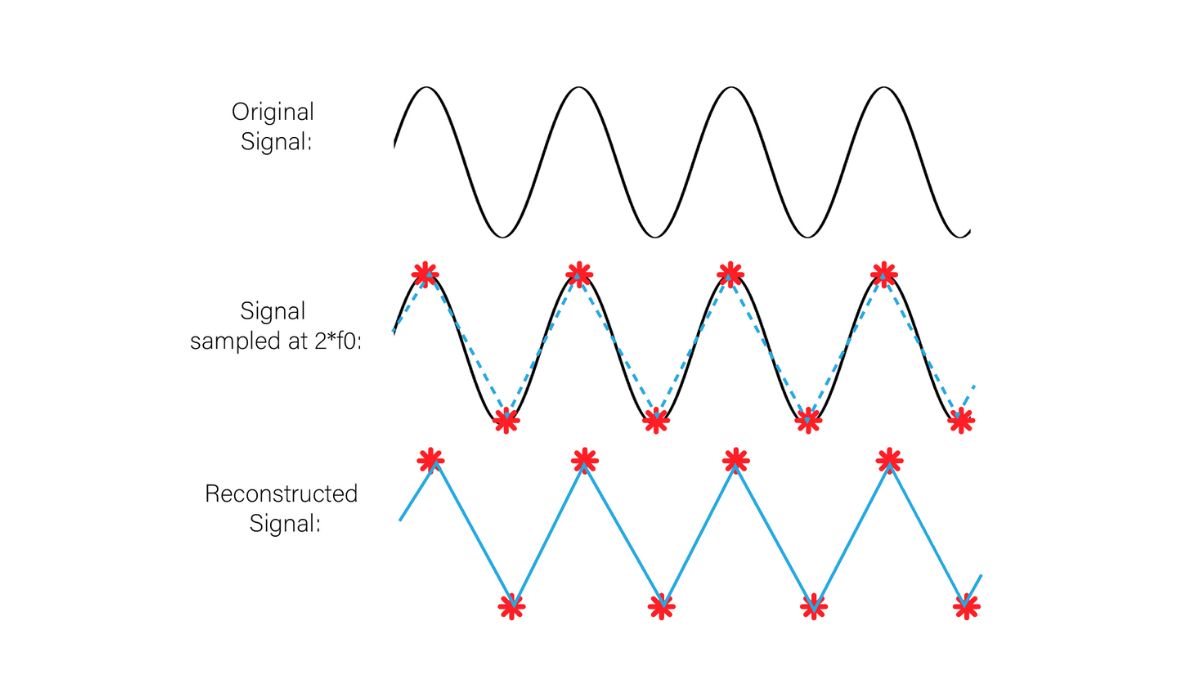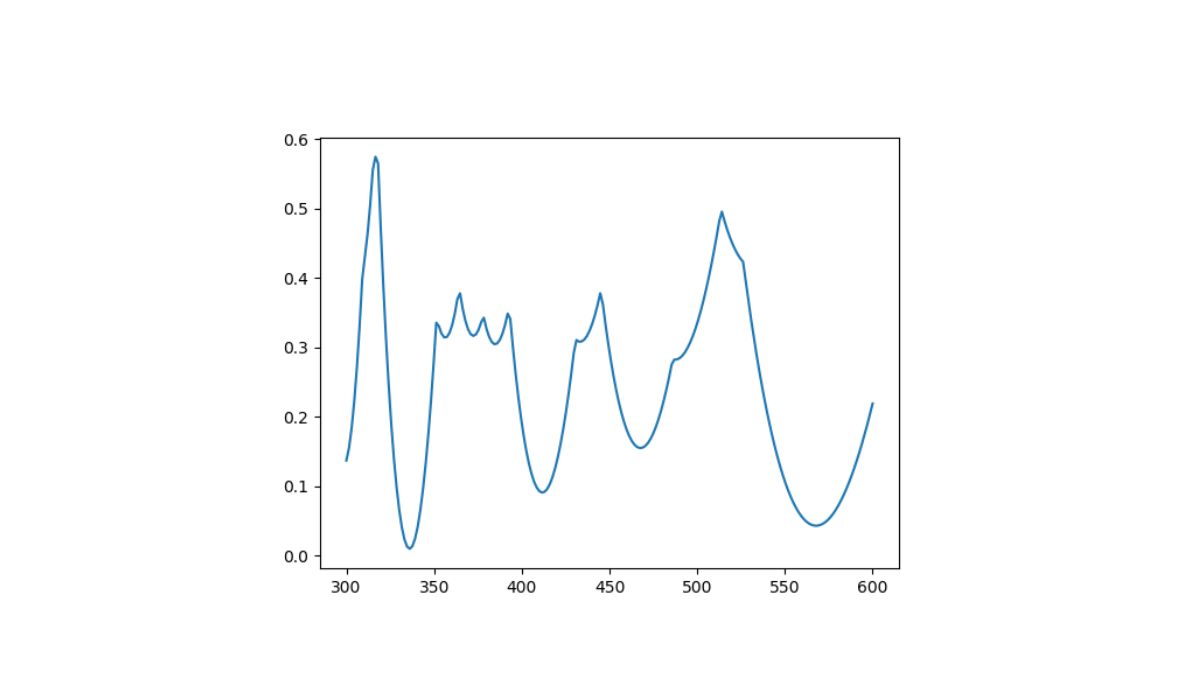Home>Events & Info>Frequency>How To Determine Frequency Of A Wave
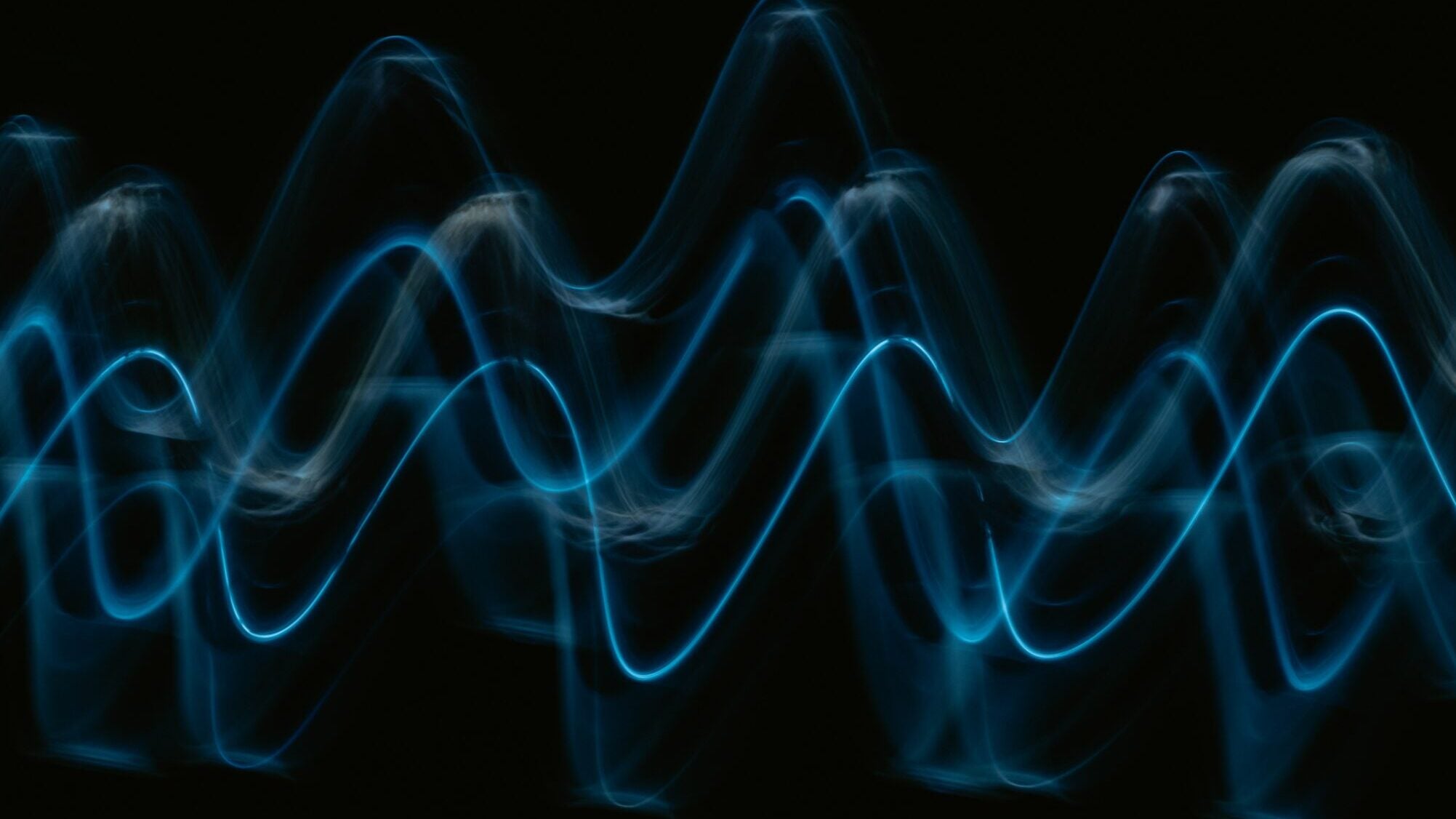

Frequency
How To Determine Frequency Of A Wave
Published: February 18, 2024
Learn how to determine the frequency of a wave and understand its significance in physics and engineering. Explore practical methods for calculating frequency.
(Many of the links in this article redirect to a specific reviewed product. Your purchase of these products through affiliate links helps to generate commission for AudioLover.com, at no extra cost. Learn more)
Table of Contents
Introduction
Understanding the Frequency of a Wave
Waves are an integral part of the natural world, encompassing a broad spectrum of phenomena, from the gentle undulations of ocean waves to the complex patterns of electromagnetic waves. Understanding the frequency of a wave is crucial in various scientific and practical applications, ranging from telecommunications and engineering to music and medicine. In essence, the frequency of a wave refers to the number of oscillations or cycles it completes within a specific time frame, typically measured in hertz (Hz).
Exploring the intricacies of wave frequency involves delving into the fundamental principles of wave physics and the factors that influence this essential characteristic. By comprehending the determinants of wave frequency and the methods for its determination, we can gain valuable insights into a wide array of natural phenomena and technological processes. This article aims to elucidate the concept of wave frequency, delve into the factors affecting it, and explore the methods used to determine the frequency of waves in various contexts.
Understanding Wave Frequency
Wave frequency is a fundamental aspect of wave behavior, representing the rate at which a wave oscillates or cycles within a given time period. In essence, it denotes how many complete wave cycles occur in one second and is typically measured in hertz (Hz). Understanding wave frequency involves delving into the underlying principles of wave propagation and the factors that influence this essential characteristic.
At its core, wave frequency is intrinsically linked to the energy and wavelength of a wave. A higher frequency implies a greater energy content and shorter wavelength, while a lower frequency corresponds to a lower energy level and longer wavelength. This relationship is encapsulated in the wave equation, where frequency, wavelength, and the speed of the wave are interconnected through a simple yet profound mathematical relationship.
Furthermore, wave frequency plays a pivotal role in diverse fields, including telecommunications, acoustics, optics, and seismology. In telecommunications, for instance, the frequency of electromagnetic waves determines the bandwidth and transmission capabilities of various communication systems. In acoustics, the frequency of sound waves governs the pitch and timbre of musical notes, profoundly influencing the auditory experience. Additionally, in seismology, the frequency of seismic waves provides crucial insights into the underlying geological structures and seismic events.
By grasping the intricacies of wave frequency, we can gain a deeper understanding of the behavior and properties of waves in their myriad forms. Whether it’s the transmission of data through fiber-optic cables, the propagation of radio waves through the atmosphere, or the resonance of musical instruments, the concept of wave frequency underpins countless natural phenomena and technological applications.
Factors Affecting Wave Frequency
Wave frequency, a fundamental characteristic of wave behavior, is influenced by several key factors that shape its properties and behavior. Understanding these factors is essential for gaining insights into the diverse manifestations of waves and their applications across various fields. The following are the primary factors that affect wave frequency:
- Source of the Wave: The nature of the source producing the wave has a profound impact on its frequency. For instance, in acoustics, the frequency of sound waves is directly related to the vibrations of the sound source. Similarly, in electromagnetic waves, the frequency is determined by the oscillations of the transmitting antenna or device.
- Medium Through Which the Wave Propagates: The properties of the medium through which a wave travels significantly influence its frequency. In the case of mechanical waves, such as those in water or air, the density and elasticity of the medium play a crucial role in determining the wave frequency. For electromagnetic waves, the frequency is influenced by the characteristics of the medium, such as its permeability and permittivity.
- Wave Velocity: The speed at which a wave propagates through a medium is intricately linked to its frequency. According to the wave equation, the frequency of a wave is directly proportional to its velocity and inversely proportional to its wavelength. Therefore, changes in wave velocity can impact the observed frequency of the wave.
- Obstacles and Interference: When waves encounter obstacles or undergo interference, their frequency can be altered. This phenomenon is particularly evident in the context of wave diffraction, where the interaction of waves with obstacles or apertures can lead to changes in their frequency and direction of propagation.
- Doppler Effect: The relative motion between a wave source and an observer, known as the Doppler effect, can cause a perceived shift in the frequency of the wave. This effect is observed in various wave phenomena, including sound waves from moving vehicles and the spectral lines of celestial objects.
By comprehending the interplay of these factors, we can gain a deeper appreciation for the nuanced behavior of waves and the diverse mechanisms through which their frequency is influenced. Whether it’s the transmission of seismic waves through the Earth’s crust or the modulation of radio waves for wireless communication, the factors affecting wave frequency underpin a myriad of natural and technological processes.
Methods for Determining Wave Frequency
Measuring the frequency of a wave is a critical endeavor across various scientific, engineering, and technological domains. From assessing the performance of communication systems to analyzing seismic activity, the determination of wave frequency is essential for understanding and harnessing the behavior of waves. Several methods are employed to accurately ascertain the frequency of waves in different contexts. The following are prominent methods for determining wave frequency:
- Spectroscopy: In the realm of electromagnetic waves, spectroscopic techniques are widely utilized to determine the frequency of light and other electromagnetic radiation. Spectroscopy involves dispersing the incoming wave into its constituent frequencies, enabling the precise measurement of the wave’s frequency and spectral characteristics.
- Frequency Counters: Electronic devices known as frequency counters are employed to measure the frequency of electrical signals, including radio waves and digital communication signals. These instruments utilize advanced electronic circuits and algorithms to accurately quantify the frequency of the input waveforms, facilitating the characterization of signal frequencies in various applications.
- Interferometry: Interferometric methods, such as Michelson interferometry, are utilized to determine the frequency of coherent waves, including optical and laser beams. By analyzing the interference patterns generated by the superposition of waves, interferometers enable precise measurements of wave frequency and phase differences.
- Seismology Techniques: In the field of seismology, specialized instruments, such as seismometers and geophones, are employed to detect and analyze seismic waves. These instruments capture the ground vibrations caused by seismic events, allowing scientists to determine the frequency content of the seismic waves and gain insights into the underlying geological structures.
- Acoustic Analysis: For sound waves and acoustic phenomena, various analytical techniques, including Fourier analysis and spectrum analysis, are utilized to determine the frequency components of complex waveforms. These methods enable the decomposition of sound waves into their constituent frequencies, facilitating the characterization of acoustic signals and musical tones.
By leveraging these methods, scientists, engineers, and researchers can accurately determine the frequency of waves across a broad spectrum of applications, ranging from astronomical observations and telecommunications to earthquake monitoring and musical acoustics. The precise measurement of wave frequency is paramount for advancing our understanding of natural phenomena and optimizing the performance of diverse technological systems.
Conclusion
Wave frequency serves as a cornerstone of wave physics, permeating diverse fields and applications with its profound influence on the behavior and properties of waves. From the transmission of data through fiber-optic cables to the analysis of seismic activity, the concept of wave frequency underpins a myriad of natural phenomena and technological processes. By delving into the intricacies of wave frequency, we gain valuable insights into the fundamental principles of wave propagation and the factors that shape this essential characteristic.
Understanding wave frequency involves discerning the intricate relationship between frequency, wavelength, and wave velocity, as well as recognizing the diverse factors that influence the frequency of waves. Whether it’s the source of the wave, the properties of the medium through which it propagates, or the impact of obstacles and interference, these factors collectively shape the observed frequency of waves in their various manifestations.
Moreover, the determination of wave frequency is facilitated by a range of sophisticated methods, including spectroscopy, frequency counters, interferometry, and specialized techniques tailored to specific wave phenomena. These methods enable scientists, engineers, and researchers to accurately measure the frequency of waves, providing crucial insights into natural processes and optimizing the performance of technological systems.
In essence, the exploration of wave frequency unveils a rich tapestry of scientific inquiry and technological innovation, offering a deeper understanding of the natural world and empowering the advancement of diverse fields. By comprehending the nuances of wave frequency and its pervasive influence, we can continue to unravel the mysteries of wave phenomena and harness their potential for the betterment of society and scientific knowledge.

